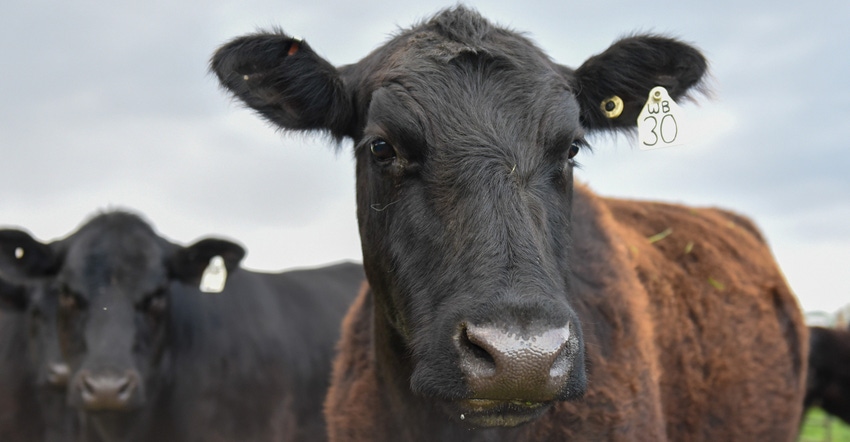
Sure, you may have heard of electronic identification tags, but why use them?
Dr. Staci Slager says animal health emergencies are one of the biggest reasons. Slager, Illinois Department of Agriculture animal health and welfare bureau chief, says EID tags allow state and federal animal health officials to access livestock information easily and quickly using hand-held or panel readers. This technology also results in less human error when reading tag numbers or letters.
With faster and more accurate data collection, animal health officials can react more quickly to a disease outbreak.
That information-gathering efficiency will reduce the time it takes to identify sick or exposed animals, Slager says. As a result, the process decreases impact and stress on the producer.
Plus, the technology can help producers track individual animal performance by integrating data into an electronic herd management system, she adds.
According to USDA, these tags are intended for a one-time use. It is unlawful to remove these tags.
Sometimes tags may fall out unintentionally. In these cases, a producer can reapply a new official ID and should report this as a replacement tag, Slager says. Records should be kept documenting the old tag and replacement tag number.
Obtaining EID tags
If a producer is interested in using EID tags, the first step is to register for a premises identification number (PIN), Slager says.
According to IDOA, premises identification involves assigning a unique number to an animal agricultural operation. A PIN is a tool in case of an animal health emergency. While a PIN is a requirement for obtaining EID tags, premises identification is still voluntary and is available at no cost to the producer. For more information about premises identification and to register for a PIN, visit the IDOA website.
“Once a PIN has been obtained, they can reach out to any manufacturer approved by the USDA to order their own supply of tags,” Slager says.
The list of USDA-approved manufacturers can be found on the USDA website.
On average, EID tags cost $2.50 per tag. Additional purchases may include a tag reader, any data program producers may choose and a tag applicator.
“We recommend speaking with the manufacturer to determine which applicator works best for the tag you select,” Slager says.
Another route for producers may be receiving tags from a veterinarian that are radio frequency identification 840 tags, which are a type of EID tag.
Recently, IDOA, along with USDA Veterinary Services, began offering RFID 840 tags to federally accredited veterinarians performing cattle work, Slager says. The Bureau of Animal Health and Welfare has a supply of RFID 840 tags that can be used in place of metal brite tags. A supply of Official Calfhood Vaccination RFID 840 tags is also available to be used in the place of orange metal tags.
For more information, visit the IDOA website or contact your veterinarian.
About the Author(s)
You May Also Like






